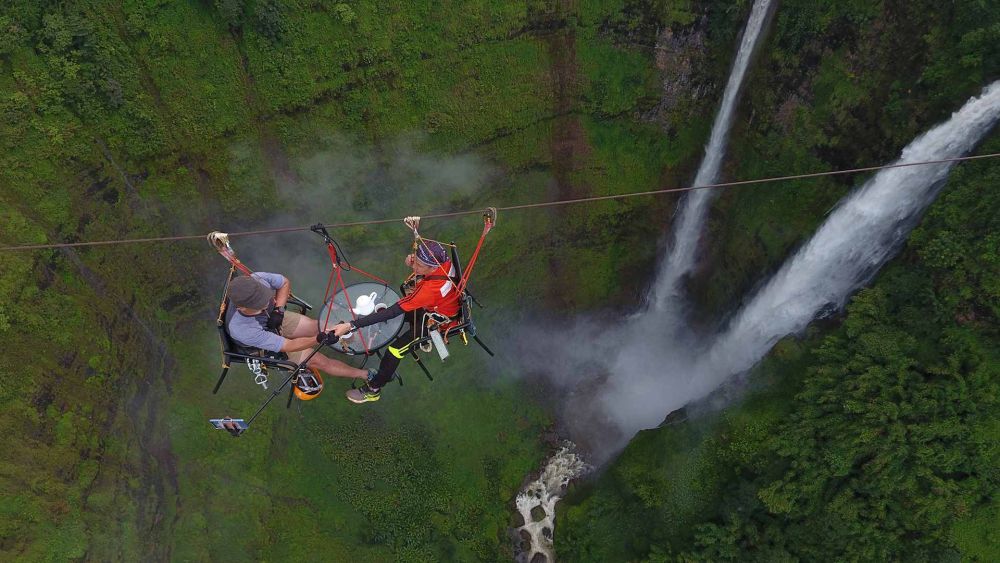

Nestled within the verdant jungles of the Bolaven Plateau, the majestic Tad Fane Waterfall is one of the most stunning natural spectacles in Pakse, Laos. Known for its twin falls that plunge over 100 meters into a deep gorge, Tad Fane serves as a beacon of natural beauty, attracting adventurers and nature lovers from around the globe.
Pakse, the capital of Champasak Province, has historically been an important trade region due to its strategic location at the confluence of the Mekong and Don rivers. However, it wasn't until the late 20th century, with the easing of political tensions and the opening of Laos to international visitors, that Pakse began to cultivate a reputation as a tourist destination.
As tourism in Laos developed in the 1990s and 2000s, sites such as Tad Fane Waterfall became accessible to visitors, adding to the country's allure as a destination rich in unspoiled nature and cultural heritage. The Bolaven Plateau, with its cool climate and fertile soil, not only became famous for coffee plantations but also as a haven for eco-tourism.
Tad Fane Waterfall has been a cornerstone of tourism in Pakse, lauded for its twin cascades and the surrounding rainforest that is home to a diverse array of flora and fauna. The falls are part of the Dong Hua Sao National Biodiversity Conservation Area, reinforcing their importance in conservation and ecotourism initiatives.
As interest in adventure travel and eco-friendly vacations has risen, Tad Fane's appeal has grown commensurately. Tourists can enjoy a variety of activities including zip-lining, nature trekking, and bird watching. The waterfall is typically visited as part of a guided tour, providing employment opportunities for local communities and contributing to sustainable tourism practices.
In recent years, tourism trends in Pakse and the surrounding areas have evolved to emphasize experiential travel and community-based tourism. Travelers are increasingly seeking authentic experiences that allow them to connect with local culture, traditions, and nature conservation efforts.
The development of more homestays and small-scale eco-lodges in the area close to Tad Fane Waterfall caters to tourists who prioritize immersive and responsible travel experiences. Additionally, the promotion of local handicrafts, cuisine, and coffee cultivation tours has contributed to a more diversified and sustainable tourism landscape.
With ongoing initiatives to improve infrastructure while preserving the natural environment, Pakse, and the Bolaven Plateau continue to be a model for balanced development within Southeast Asia's tourism sector. As the world begins to travel again post-pandemic, Tad Fane Waterfall remains a must-visit destination that promises both the thrill of adventure and the peace of pristine natural surroundings.